
The refrigerator is leaking water and takes a long time to cool. She shows you how to fix it yourself in a moment, no need to call a technician.
Why Your Fridge Is Leaking Water — and How to Fix It Yourself Without Calling a Repairman
The refrigerator is one of the most essential appliances in every modern home. It keeps our food fresh for days, helps reduce waste, and makes meal planning easier. But because it runs 24/7, it’s also prone to issues — one of the most common being water leakage or slow cooling.
Before you rush to call a technician, take a few minutes to identify the problem yourself. Many of these issues are simple to fix if you know what to look for.
1. Water Leaking from the Fridge Compartment (the Cooler Section)
If you often buy groceries in bulk and stuff your fridge full, you might be unknowingly blocking the air vents that circulate cold air. When air can’t flow properly, the fridge struggles to maintain temperature — and condensation turns into water droplets that drip around your shelves.
Another common reason is putting food into the fridge while it’s still wet. Even small amounts of moisture from freshly washed vegetables or fruits can build up inside and cause puddles of water.
How to fix it:
-
Always dry food items with paper towels or a clean cloth before storing.
-
Use ziplock bags or plastic wrap to contain moisture.
-
Avoid overloading the fridge — air circulation is key to keeping everything cool and dry.
-
If you notice water pooling, wipe it immediately and check that nothing is blocking the vents.
Keeping your fridge organized not only prevents leaks but also helps it work more efficiently and use less electricity.
2. Water in the Freezer Compartment
If you find water or frost melting in your freezer, don’t panic. The culprit could be as simple as a door seal that no longer closes tightly or a freezer that’s packed too full, blocking the airflow.
When warm air sneaks in, ice begins to melt, causing leaks and reduced cooling performance.
Try this:
-
Check that the freezer door closes properly — the rubber gasket should stick firmly to the frame.
-
Replace it if it’s cracked, hardened, or no longer sealing.
-
Rearrange frozen foods to leave space around the vents for air to circulate.
If the problem persists after these steps, your defrost drain might be clogged — in that case, cleaning it gently with warm water can often solve the issue.
3. Water on the Floor — Leaking from the Back of the Fridge
If you see water dripping onto the floor, the issue could be the drip tray (condensate pan) or the water supply line (for models with ice makers or water dispensers).
Over time, the drip tray may crack, or the water tube might loosen or break.
Safety first:
Always unplug the fridge before inspecting. Then pull it slightly away from the wall and check the back:
-
Remove and examine the drip tray for cracks or holes.
-
Make sure the water line is connected tightly and not leaking.
If either component is damaged, it’s best to replace it immediately. But if the cause isn’t obvious, that’s when calling a technician is the right move.
Keep It Clean to Keep It Healthy
Once your fridge is running smoothly again, maintain it by cleaning regularly. Every week or two, check for spoiled food, wipe the shelves with a mild disinfectant, and clean the door seals.
Not only does this keep your food fresh and safe, but it also helps your fridge run more efficiently, saving electricity — and your wallet.
The Great Bathroom Debate: Wiping vs. Washing — Lessons from the U.S.
Let’s move from the kitchen to another everyday topic — one that’s a bit more personal but equally fascinating: how people clean themselves after using the toilet.
In many parts of the world, especially in Asia and Europe, bidets or handheld sprayers are common. But if you travel to the United States, you’ll notice something striking — there are almost no bidets anywhere. Americans are famously loyal to toilet paper.
Why Don’t Americans Use Bidets?
While countries like Italy, Japan, and Greece consider washing after using the toilet the most hygienic option, the U.S. has long preferred the “wipe-only” approach. Culturally, it’s seen as simpler, cleaner, and more convenient — though science says otherwise.
According to hygiene expert Rose George, author of The Big Necessity,
“It’s astonishing that millions of people walk around every day not realizing that toilet paper doesn’t actually clean — it just spreads things around.”
She points out that toilet paper can only remove surface-level residue, not fully clean the skin. Even the use of wet wipes, which many Americans believe to be more hygienic, isn’t perfect.
Is Toilet Paper Really Clean Enough?
To illustrate, George offers a vivid example:
“Imagine spilling chocolate sauce on a wooden floor. You wipe it with a tissue, maybe even a wet wipe — but some residue will still stay in the cracks. The human body isn’t any different.”
Excessive wiping, especially with rough paper or too much force, can cause tiny tears or fissures in the skin, leading to anal fissures or even hemorrhoids over time. These conditions can be painful, cause bleeding, and are surprisingly common in countries that rely solely on toilet paper.
Worse, wiping from back to front can accidentally introduce bacteria into the urinary tract, particularly in women, increasing the risk of urinary tract infections (UTIs).
So, What’s the Healthiest Method?
Most medical experts agree: washing with clean water is the most hygienic and gentle way to clean yourself after using the toilet. Water removes bacteria effectively, prevents irritation, and helps maintain skin health.
Countries that use bidets report lower rates of anal irritation and related infections. Even in the U.S., a growing number of people are switching to bidet attachments or handheld sprayers for this reason.
As Rose George puts it,
“We wash every other part of our body with water. Why not the most important one?”
Final Thoughts
Whether it’s a fridge leaking water or a debate about how to clean yourself, the common theme is the same: understanding the small details of daily life can make a big difference to your health and comfort.
Taking a few minutes to troubleshoot your refrigerator or adopting better hygiene habits might seem simple, but these little changes can improve your well-being more than you think.
News in the same category


Jasmine growing tips: 4 simple steps, flowers bloom all year round, hundreds of flowers in full bloom

Drinking purple perilla leaf juice at these 3 times is better than ten thousand tonics 👇👇👇

The 'miraculous' uses of fig leaves: A precious medicinal plant right in your garden

7 foods that you cook in one go and can't finish eating should be thrown away. Don't leave them in the fridge overnight or reheat them. Extremely harmful.

Note when dog and cat tapeworm disease is increasing👇👇

JUST MAKE BEAN SPROUTS THIS WAY, no need to water and in 2 days you will have white and delicious bean sprouts.
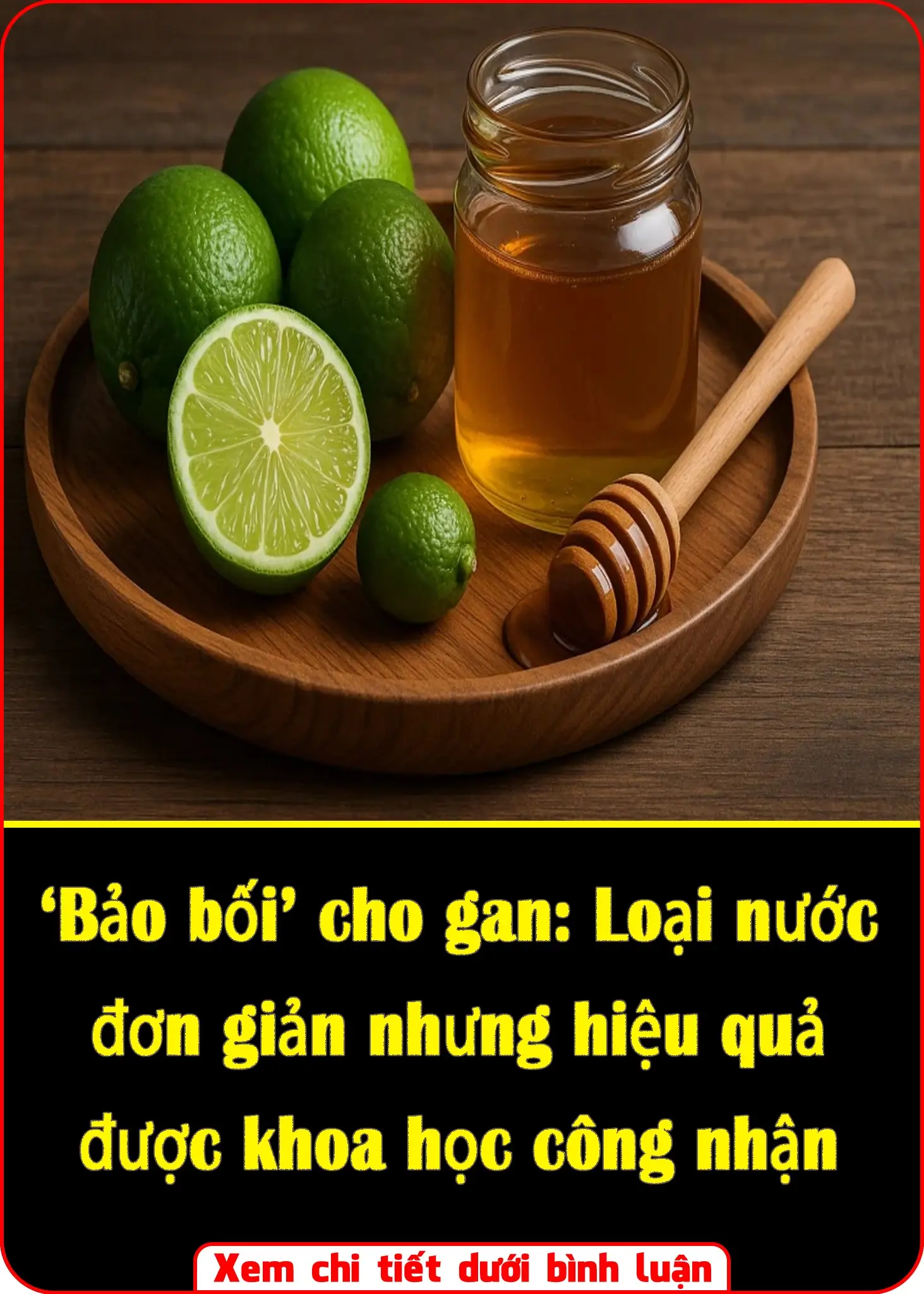
‘Liver Protection’: A Simple But Effective Drink Proven by Science

Don't clean a dirty rice cooker with plain water: Use this to clean it, in 5 minutes it will be as clean as new

Stop Using Vinegar for Limescale — There’s a Better Natural Alternative
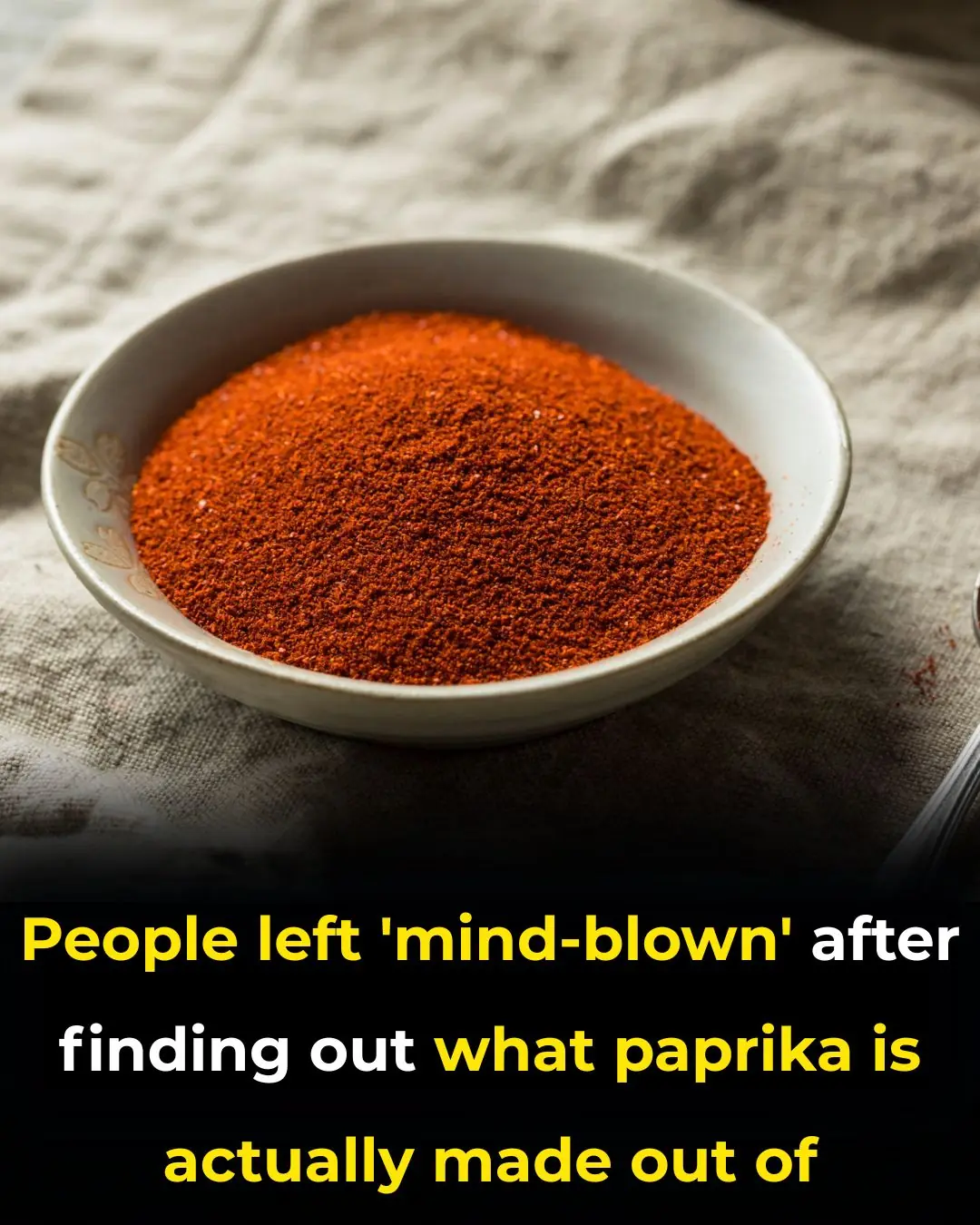
People Shocked to Find Out What Paprika is Actually Made From

10 perfect ways to prevent dampness and humidity in your home
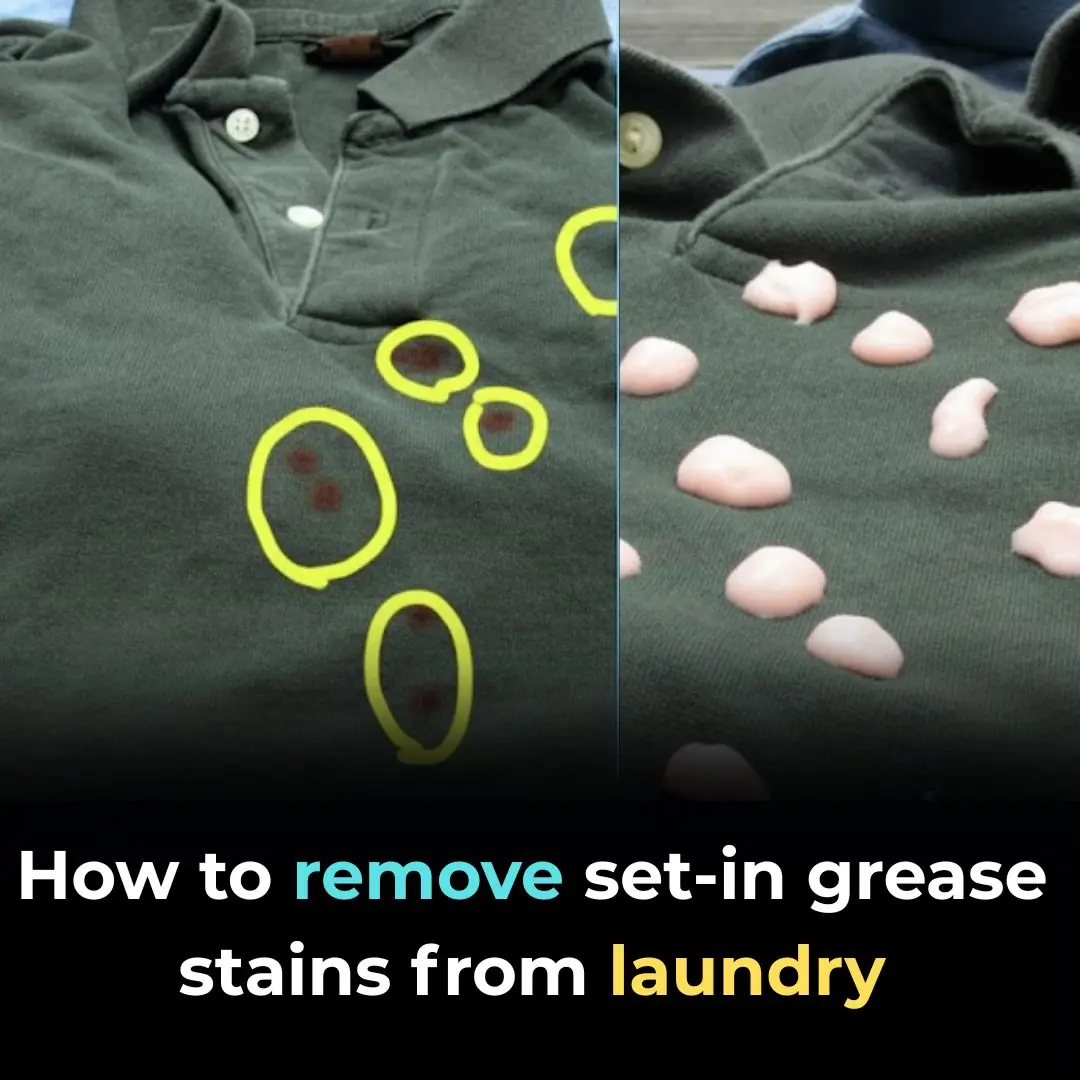
How To Remove Set-in Grease Stains From Laundry

Putting garlic under your pillow not only keeps evil away, but also has many other health benefits

How to make bread with an air fryer, simple, crispy, fragrant and delicious
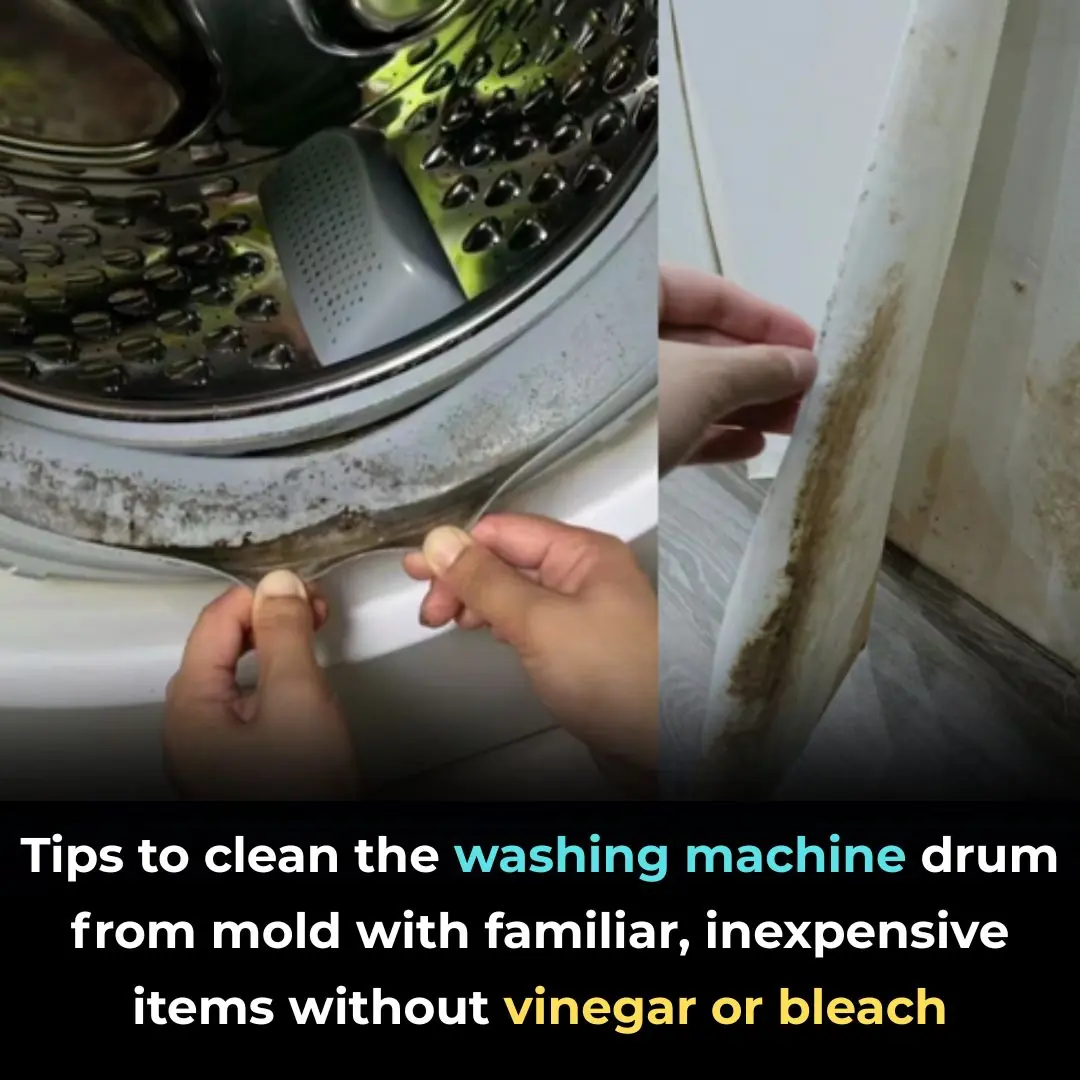
Tips to clean the washing machine drum from mold with familiar, inexpensive items without vinegar or bleach
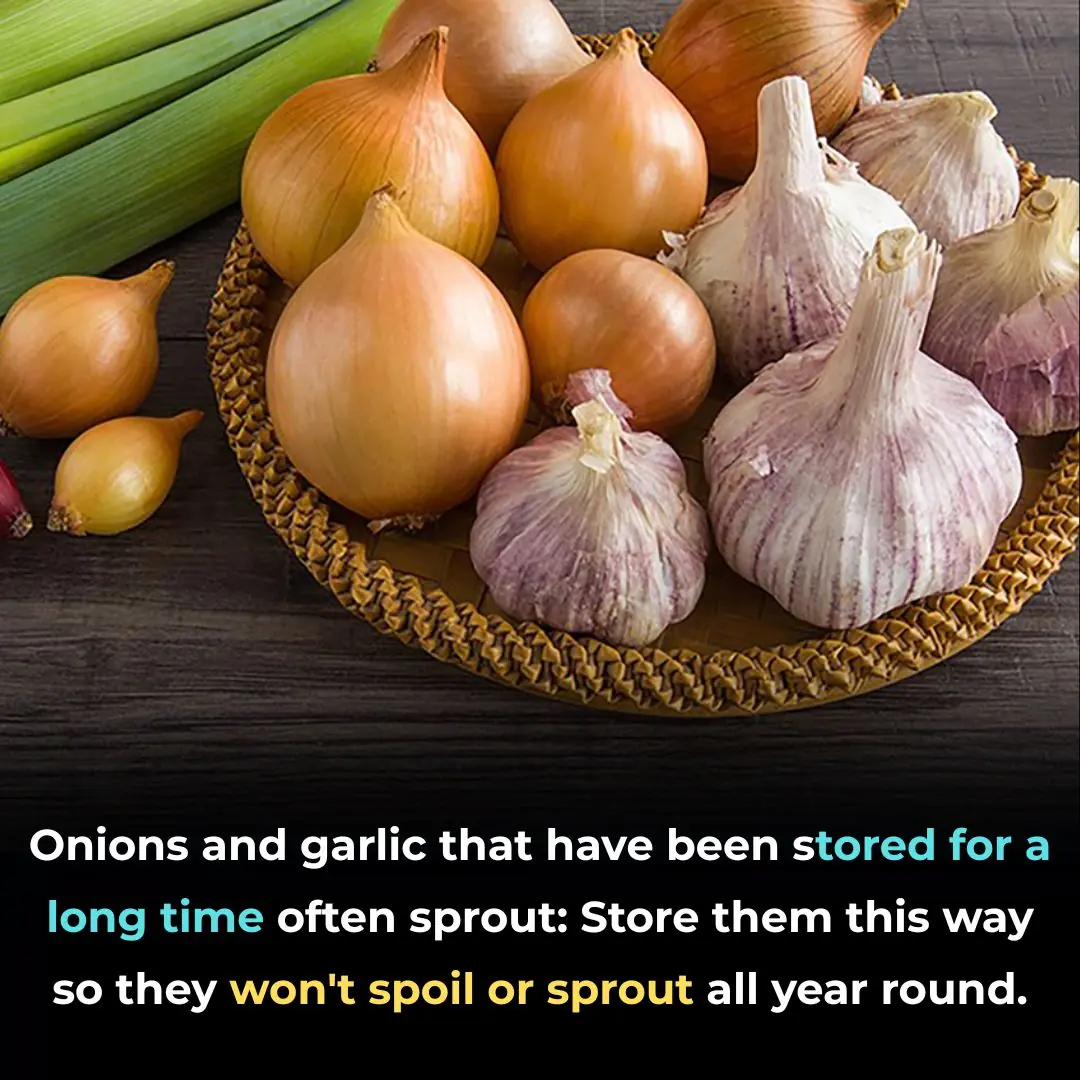
Onions and garlic that have been stored for a long time often sprout: Store them this way so they won't spoil or sprout all year round.
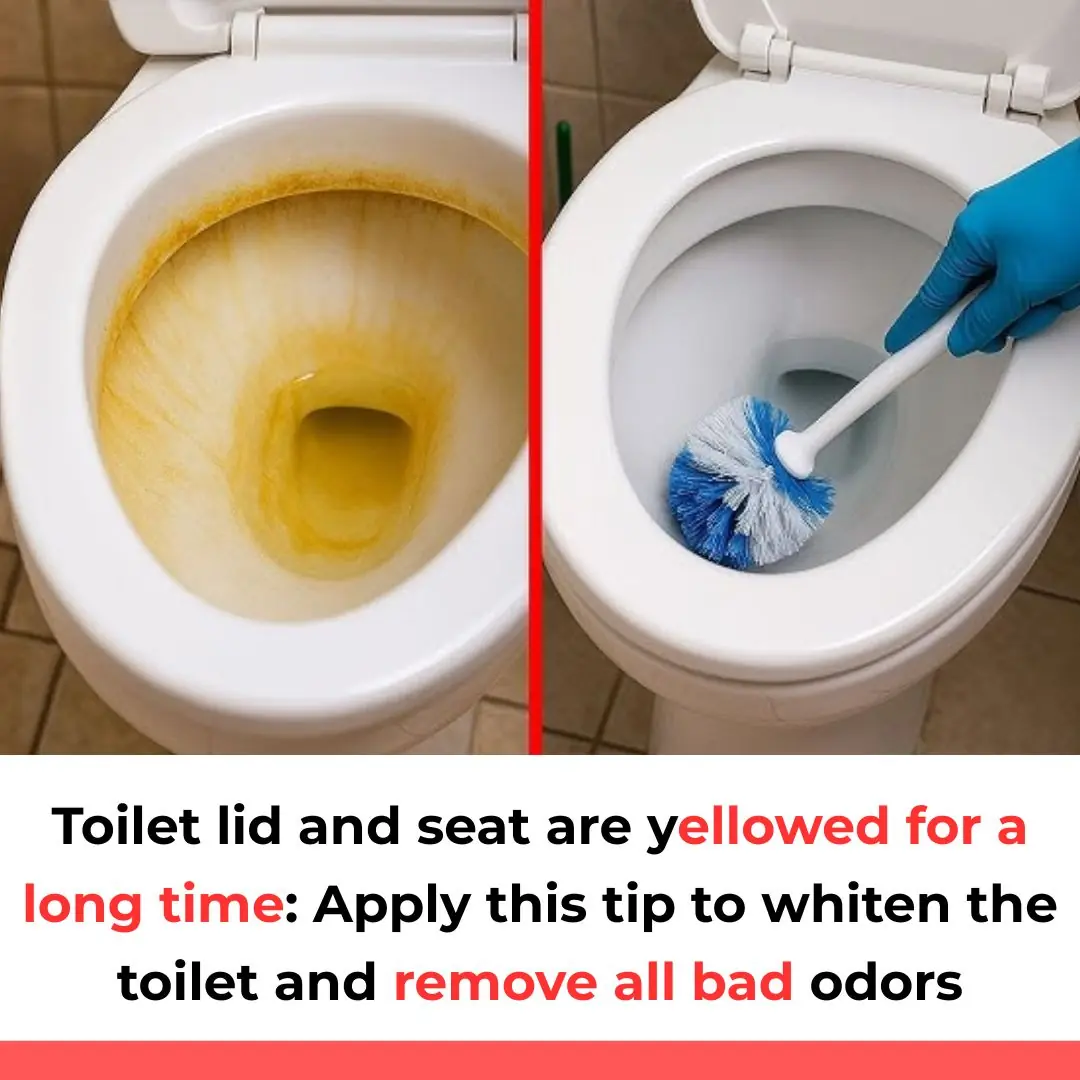
Toilet lid and seat are yellowed for a long time: Apply this tip to whiten the toilet and remove all bad odors

Drop this handful of leaves into fish stock: Big or small fish will be tender, no longer fishy, and delicious.
News Post

Just Add a Few Drops of This When Frying Eggs — They Puff Up Fluffy and Soft, Two Eggs Seem Like Four

KISS legend Gene Simmons, 76, hospitalized after scary car crash in Malibu

Pick your wing to reveal who your guardian angel is
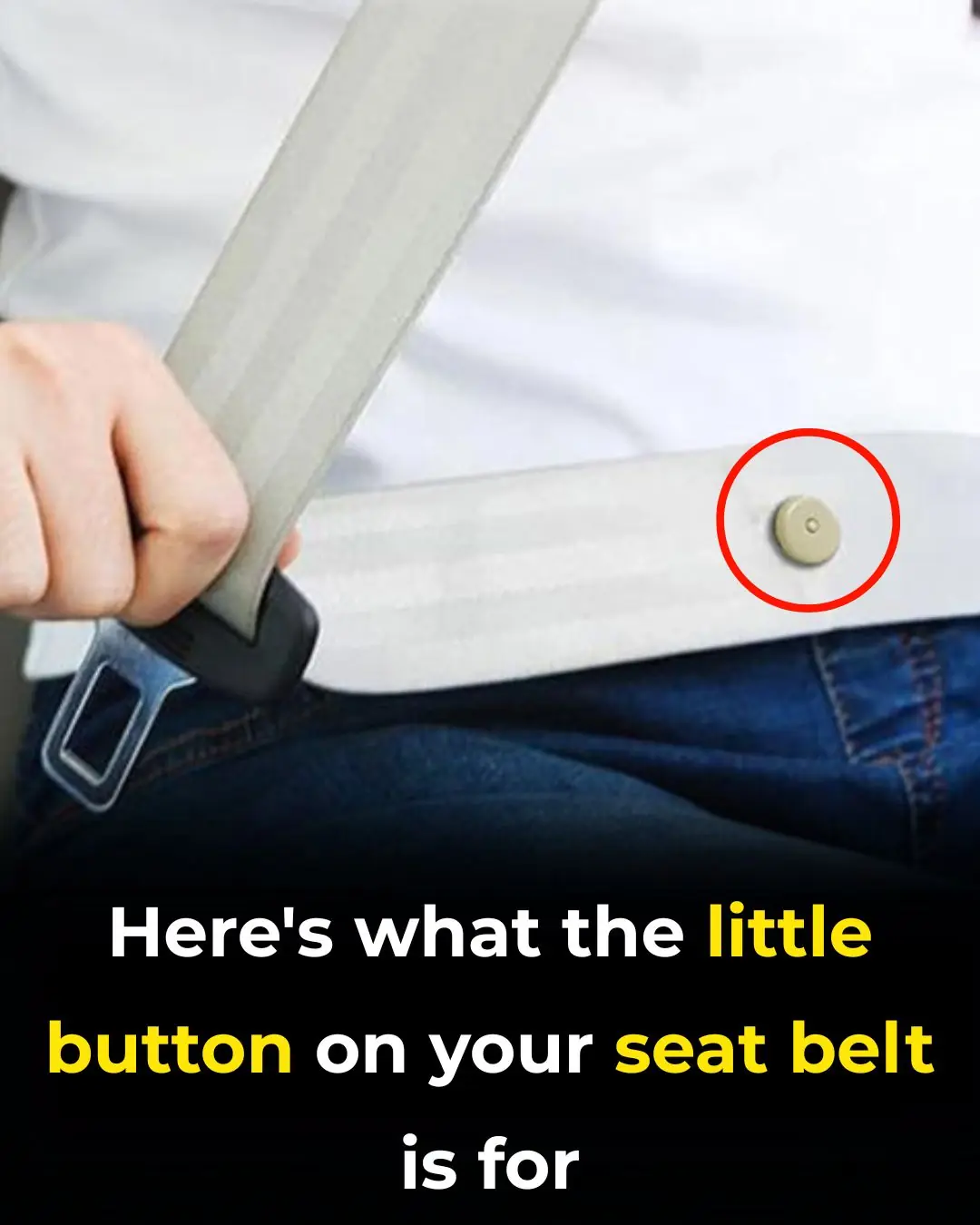
Little Button on Your Seat Belt

Papaya Leaves: Do Not Make This Hair Treatment if You’re Not Ready for Extreme Hair Growth

Kylie Kelce has the best reaction to Taylor Swift’s raunchy ‘Wood’ song about brother-in-law Travis
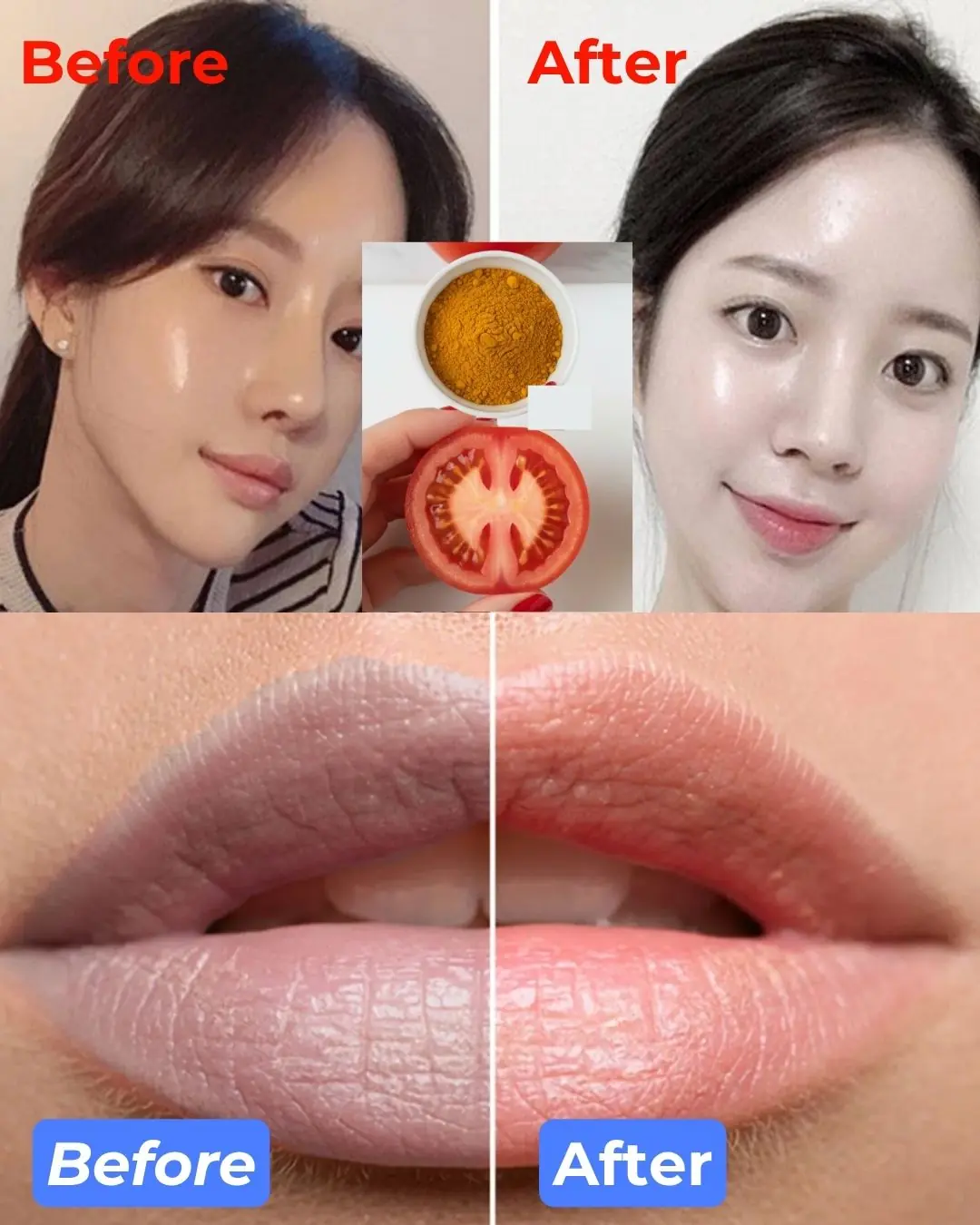
DIY Tomato and Turmeric Cream for Glowing Skin and Pink Lips

50 Cent's extreme body transformation left people questioning whether it was actually real

NASA astronaut going to the Moon next year reveals bizarre act he plans to do moments before takeoff
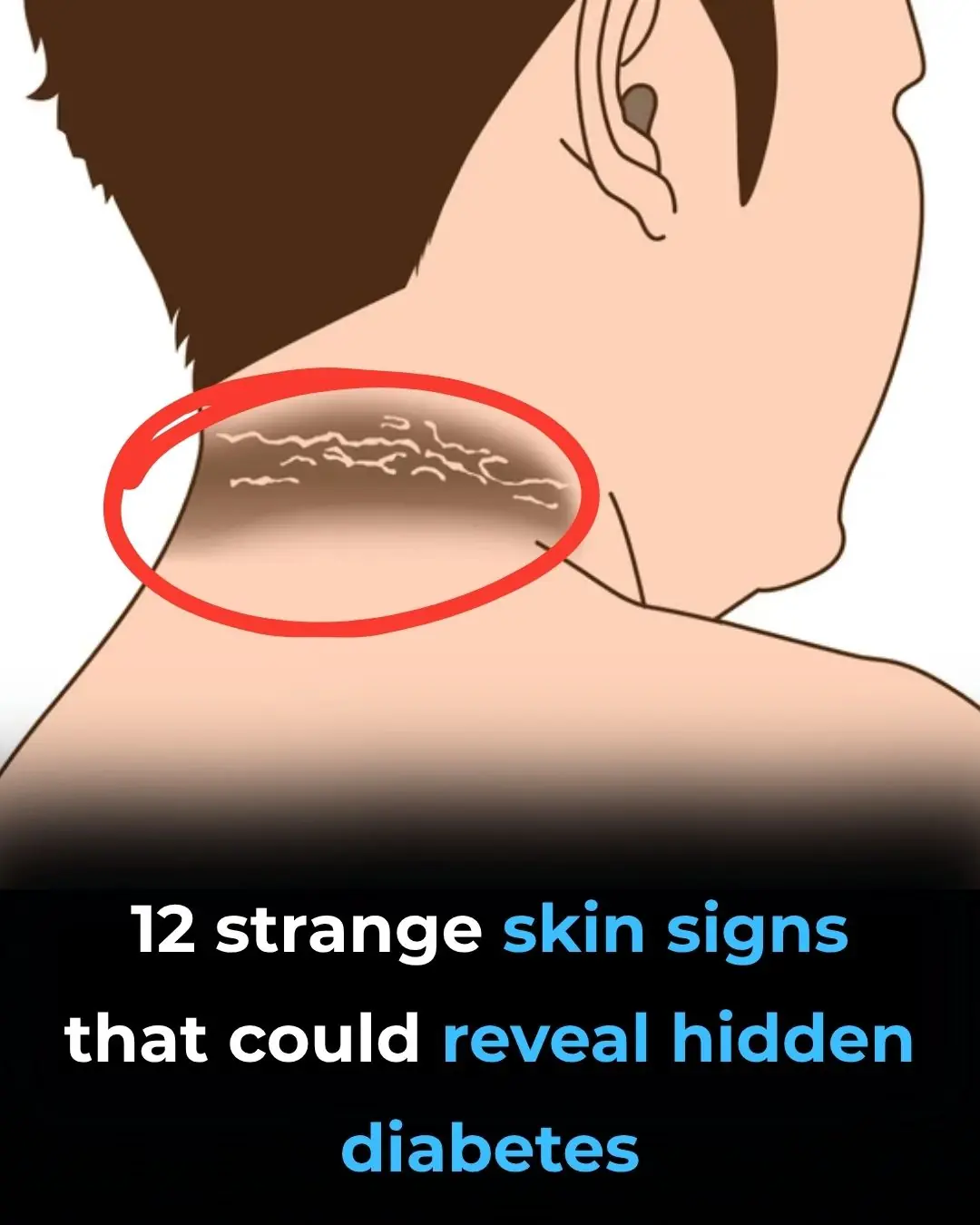
12 Weird Diabetes Skin Problems You Need To Know

Doctors REVEAL that guava leaf tea causes in...
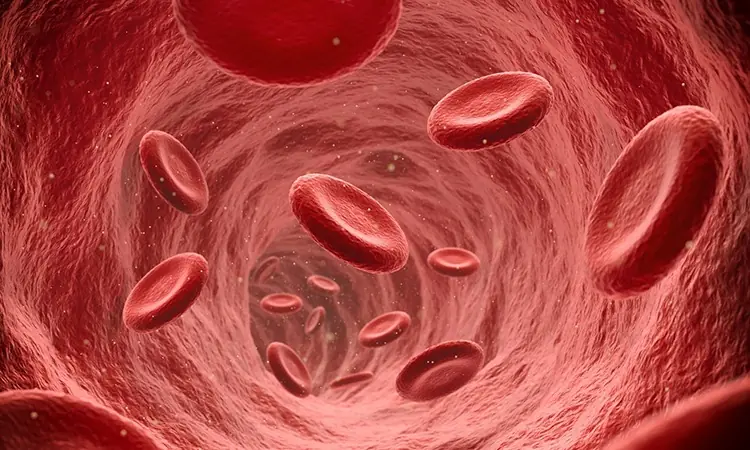
Simple Ways to Lower Cholesterol Naturally

The Greyhound and the Rabbit: An Unlikely Pair That Proved Love Has No Boundaries

10 Simple Lifestyle Changes That Drastically Reduce Your Stroke Risk

How the sandstone pillars of Monument Valley were actually formed

Four Boys, One Dog, Endless Courage

20+ Iceland Photos You Won’t Believe Are From This Planet

The Cop Who Fixed a Taillight and Lost Everything.

Ginger and Red Date Tea: The 97-Year-Old Grandma’s Secret Longevity Drink
